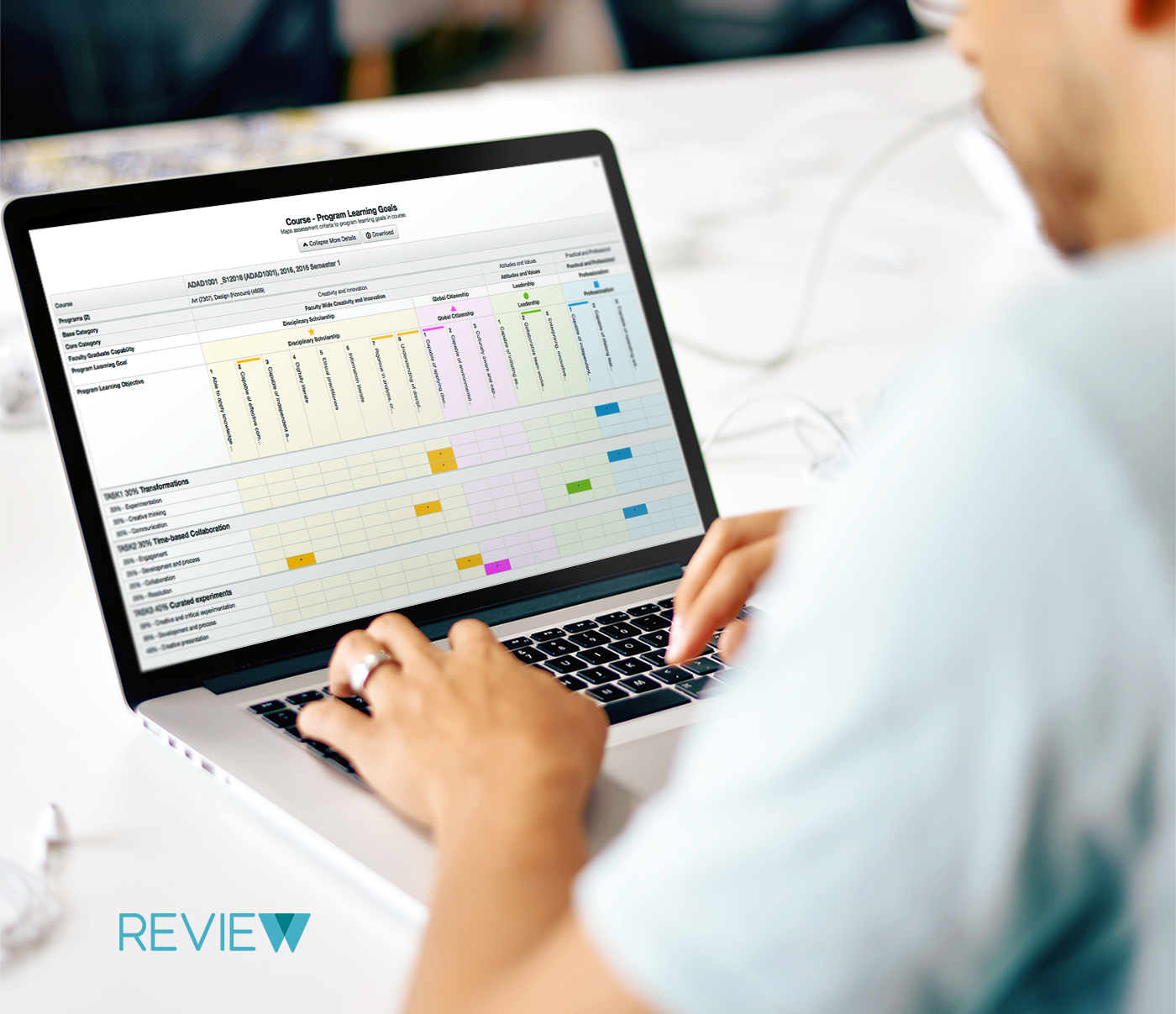
The success of many educational organisations is highly dependant on three things: people, planning and process. In both universities and schools alike, people and plans are essential to providing the best possible learning experiences for students. Clear definition of a student’s learning pathway from the beginning of their program through to their final grades speaks volumes about the care and intentionality that the organisation brings to fostering the graduate capabilities of each student. Curriculum mapping provides both an easily understood educational plan and the tools necessary for analysis of knowledge repetition and gaps.
However, finding a healthy balance between all of the content across program or course curricula remains to be a challenge for many academics. With universities having to constantly refine and update their programs in order to meet the rapidly changing demands of modern workforces. The need for flexible curriculum mapping solutions is higher than ever.
Current Issues
As identified by University of Notre Dame researcher Carole Steketee — Traditionally, much of the information that informs a curriculum map is ‘owned’ or managed by academics in isolation from one another, even if they teach units in the same course. While unit coordinators work hard at ensuring their units are coherent and well-structured, they may rarely come together to discuss how their units work together to achieve course learning outcomes. Consequently, this lack of communication may lead to courses addressing similar outcomes multiple times across a number of units, or in some instances the outcomes are not addressed at all.
Curriculum mapping allows for these gaps and overlaps to be identified and addressed, and to make transparent to staff (and students if they are given access) what is taught, how it is taught, when it is taught, the scope and sequence across the lifespan of a course, and any problems associated with these elements.
However, planning a curriculum without the support of the right technology can be laborious. Often spreadsheets and tables, or even sticky-notes have been used to collate and compare data. Typically Excel spreadsheets are configured to deal mostly with data from a financial management perspective or transaction oriented processes. Whereas curriculum management requires the ongoing collection and management of both numerical and non-numerical data. These data management issues have pushed many universities to explore external digital curriculum management solutions.
Why use a digital solution?
- Provide Transparency: Having a “living and breathing” curriculum map helps faculty see relationships between course and overall program goals, and learning outcomes. With real-time updates and 24 hour access from any device.
- Enhance Student Success: Frequently updating curriculum data gives students a better understanding of what is expected of them, and what they will accomplish from different courses and program components.
- Inform Curriculum Development: Allows for identification of gaps in course offerings as well as redundancies. Online mapping solutions provide a clearer picture for key staff with all of the core data they need displayed right onscreen.
- Improve Collaboration: Increases faculty collaboration and collegiality – provides an opportunity for faculty to work together. This can be especially useful to help new faculty entering a department develop professional relationships and a sense of belonging.
- Track Ongoing Performance: Keep track of the alignment between graduate attributes and course goals without using cumbersome spreadsheets and countless paper documents.
Looking for a custom curriculum mapping solution for your organisation? Get in touch with Academ today to discuss your requirements and how we can work together to meet your needs.